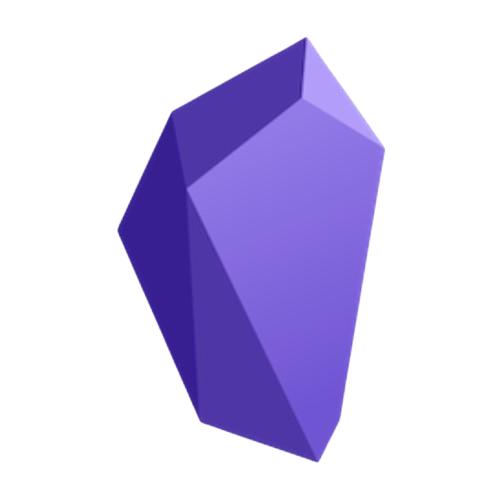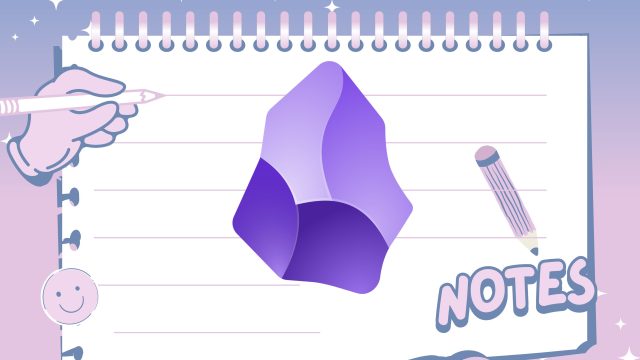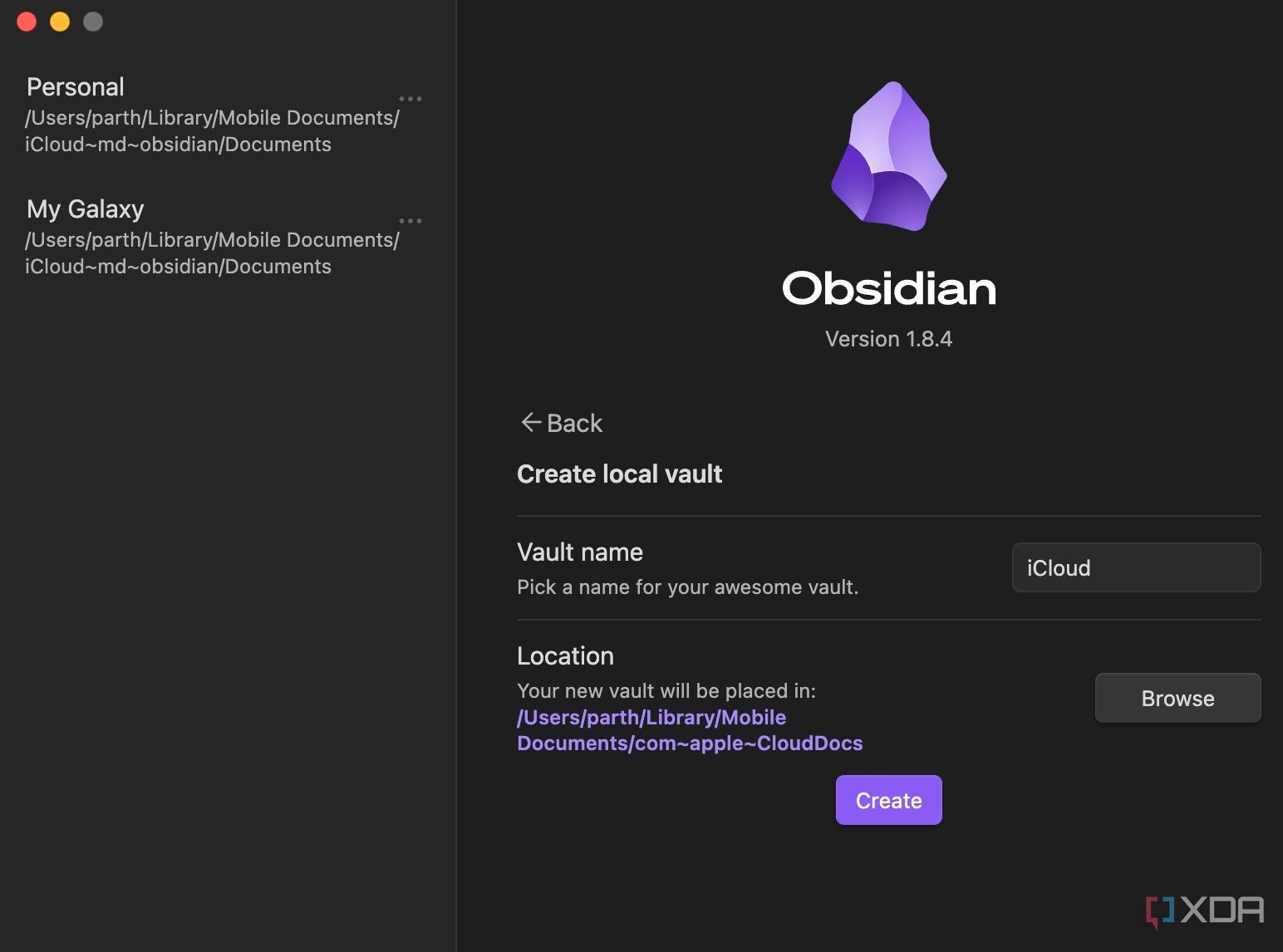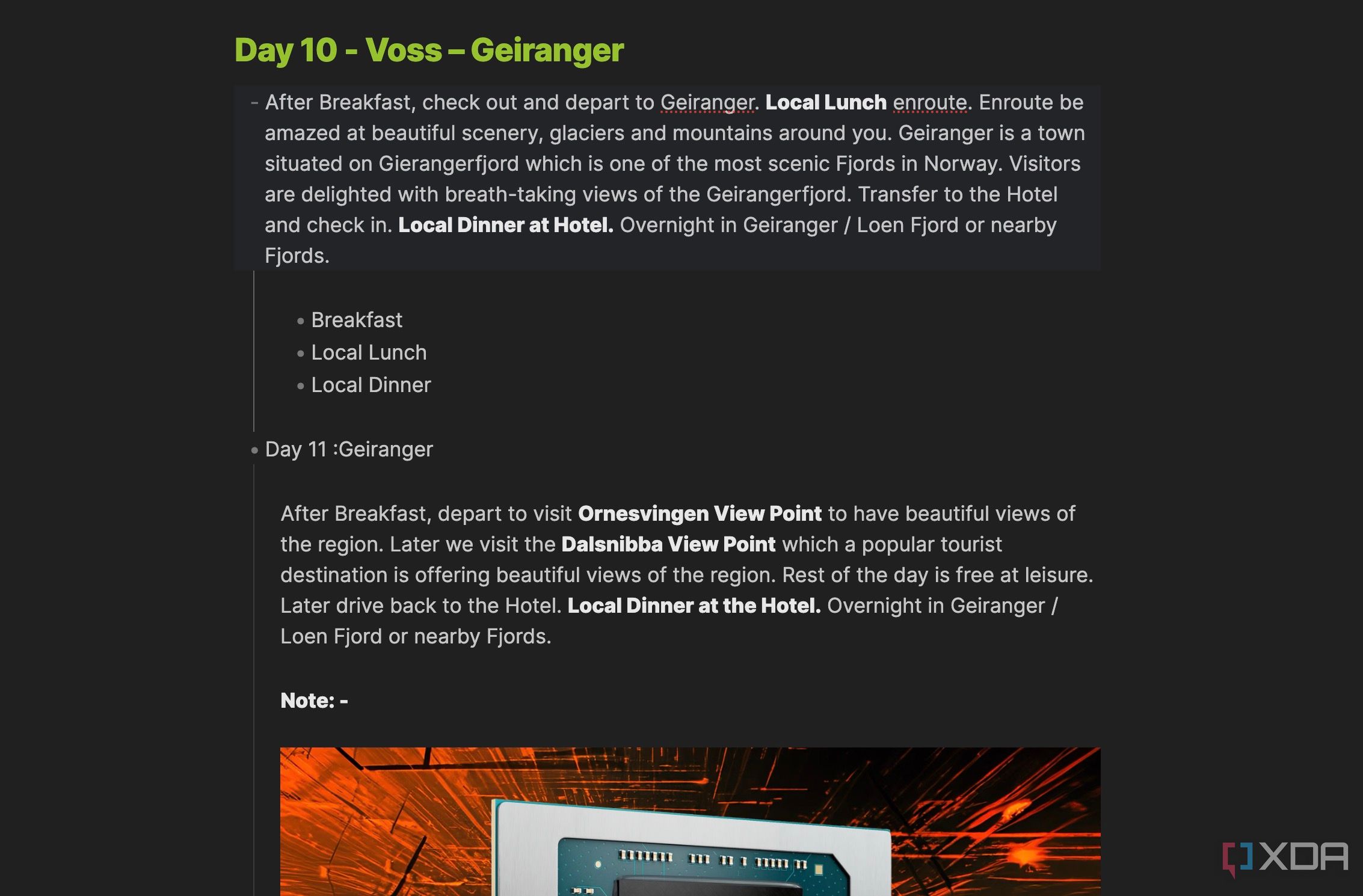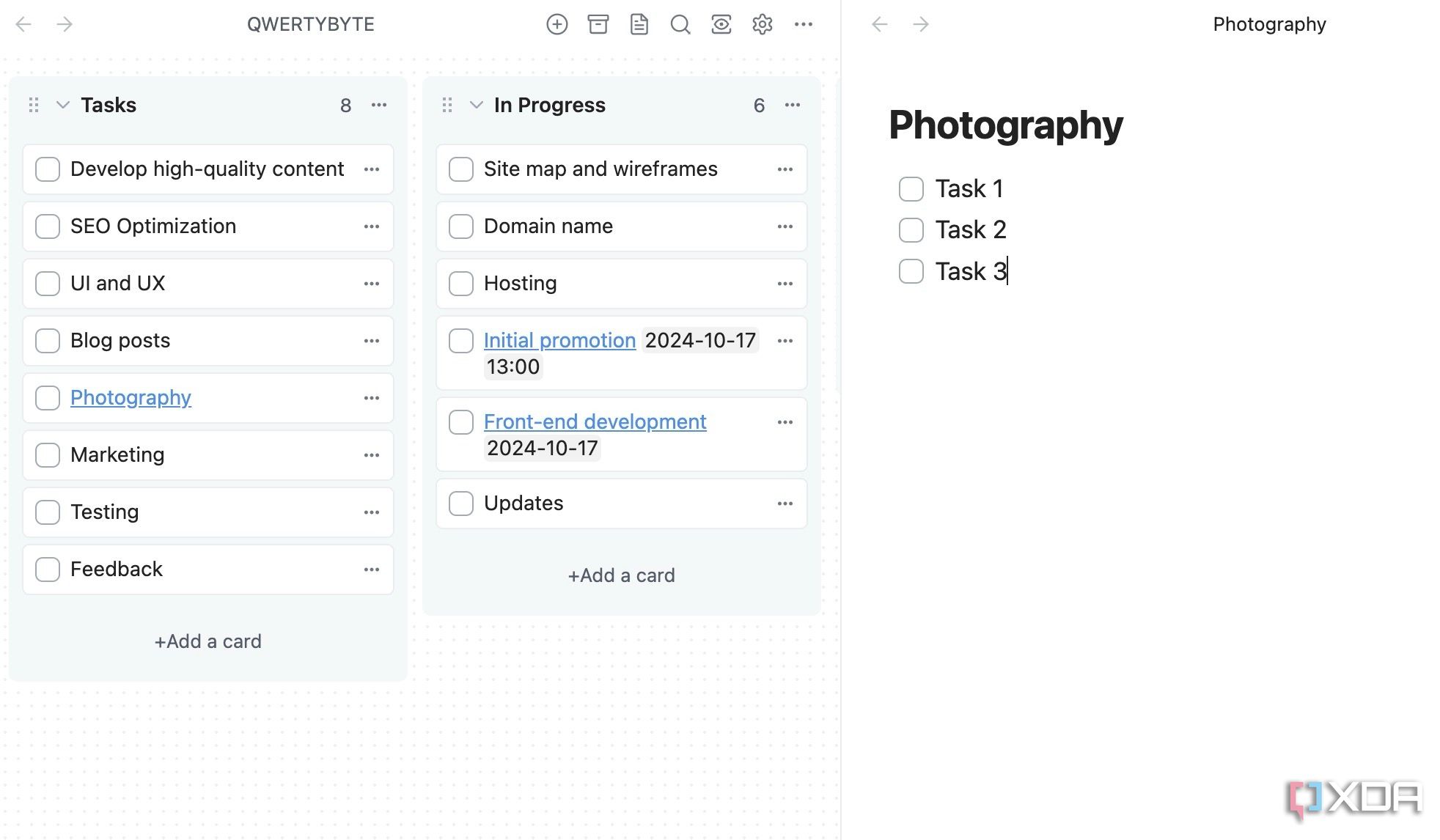My digital productivity toolkit kept growing with task manager, project management, note-taking, mind-mapping, and PKM software. I was tired of juggling multiple applications, and that’s why I ditched everything and decided to put Obsidian to the ultimate test. I used this powerful base as my sole hub for everything from managing tasks and jotting down quick thoughts to planning projects and organizing my life.
Allow me to share my story of the month, the challenges I faced, the surprising discoveries I made, and ultimately, whether Obsidian can truly function as a comprehensive productivity solution for the long haul.

Related
Here are some Markdown tips and tricks to improve your note taking in Obsidian
Unlock the power of Markdown in Obsidian with these expert tips
The local-first approach gives peace of mind
With the flexibility of third-party cloud sync
Obsidian’s local-first nature gives me a much-needed peace of mind. Unlike cloud-based services, where my data is stored on someone else’s servers, with Obsidian, I have the ultimate say in where my information lives. I save my private vaults on the device for maximum privacy.
However, whenever I need vault access on all my devices, I use OneDrive to get the job done. Obsidian offers the flexibility to pick a cloud service of your choice. You can even use a self-hosted platform like Nextcloud to sync vaults across devices. Unlike Notion, Obsidian functions offline as well. This means that even if there’s a temporary internet outage or an issue with the syncing service, my core information remains accessible right there.
Markdown requires a learning curve
A third-party plugin to rescue
My transition from OneNote to Obsidian came with a learning curve. After all, Obsidian doesn’t have a toolbar at the top, and I wasn’t familiar with Markdown language either. For years, I was used to simply highlighting text and clicking buttons for formatting – bolding, italics, headings, lists – it was all very visual and immediate.
There was a period of constant referencing cheat sheets and trying to remember the correct syntax. To bridge this gap and ease myself into the Markdown workflow, I discovered a third-party plugin called the Editing Toolbar. This plugin was a game-changer in those early days. It provided a familiar toolbar at the top of my notes.
A bunch of productivity add-ons
Obsidian is jam-packed with nifty productivity tools. For example, the ability to split tabs is a huge time-saver. I often find myself needing to reference multiple notes simultaneously, whether I’m synthesizing information from different sources or working on related ideas.
Then there’s Canvas. This feature has completely transformed how I brainstorm and visually connect disparate thoughts. It’s like having a giant digital whiteboard where I can freely throw in notes, images, PDFs, and other information. Graph view is also quite handy to check the relationship between my notes.
My favorite (and surprising) add-on is Mermaid. Sometimes, I need to break down complex processes, and I use Mermaid to render everything into visual diagrams. Mermaid supports a bunch of diagrams to visualize your ideas. Like Markdown, it does require a learning curve, though.
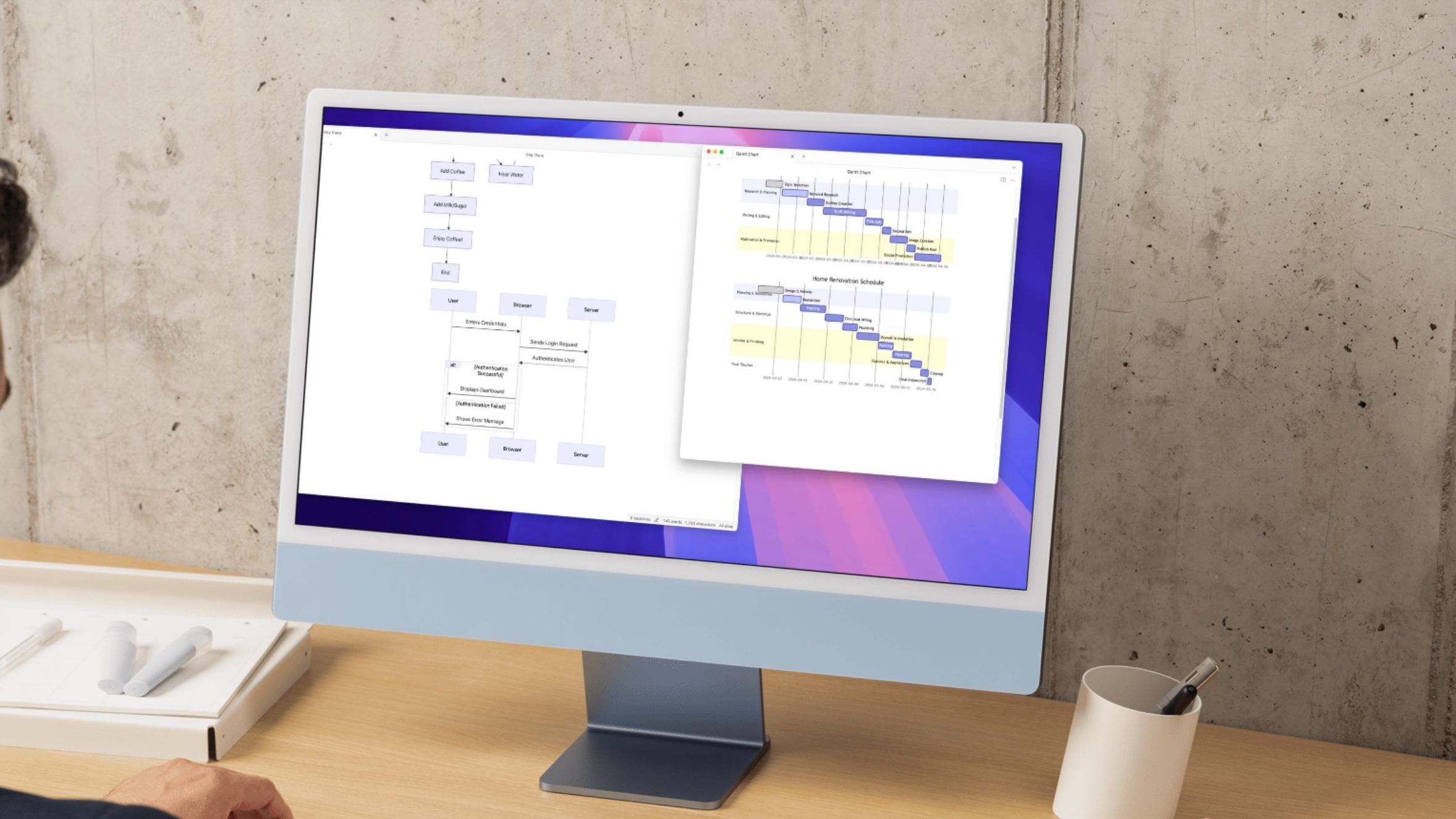
Related
Mermaid is the best Obsidian feature you didn’t know about
Visualize your thinking using mermaid diagrams in Obsidian
Project and task management is hit-and-miss
Would prefer built-in tools instead of relying on plugins
Let’s go over the major roadblock in my month-long experiment. Obsidian lacks robust task and project management features. Out of the box, Obsidian offers support for checklists within notes, which is great for simple to-dos and tracking progress within a specific document. However, I can’t set reminders.
I often find myself having to rely on external tools for tasks. Furthermore, the lack of built-in project management capabilities is a major gap. I used a third-party plugin to unlock Kanban boards, but the overall functionality wasn’t anywhere close to Trello. This is one area where I consistently feel the absence of purpose-built tools and where Obsidian falls short of being an all-in-one productivity solution. Notion has nailed it here, and I hope Obsidian takes some clues from it.
The plugin ecosystem is rich
There is a plugin for each usecase
Obsidian’s rich plugin ecosystem is a major saving grace and a key reason why I’ve been able to adapt it so quickly to my productivity needs. The active Obsidian community has developed a vast array of plugins that extend its core functionality in remarkable ways.
For example, I addressed the lack of a native calendar integration with a third-party plugin. As I mentioned earlier, the editing toolbar plugin was crucial in easing my transition from a WYSIWYG editor to Markdown. I also use the advanced tables plugin to organize my data like a pro.
Mobile apps are average
Lacks many features
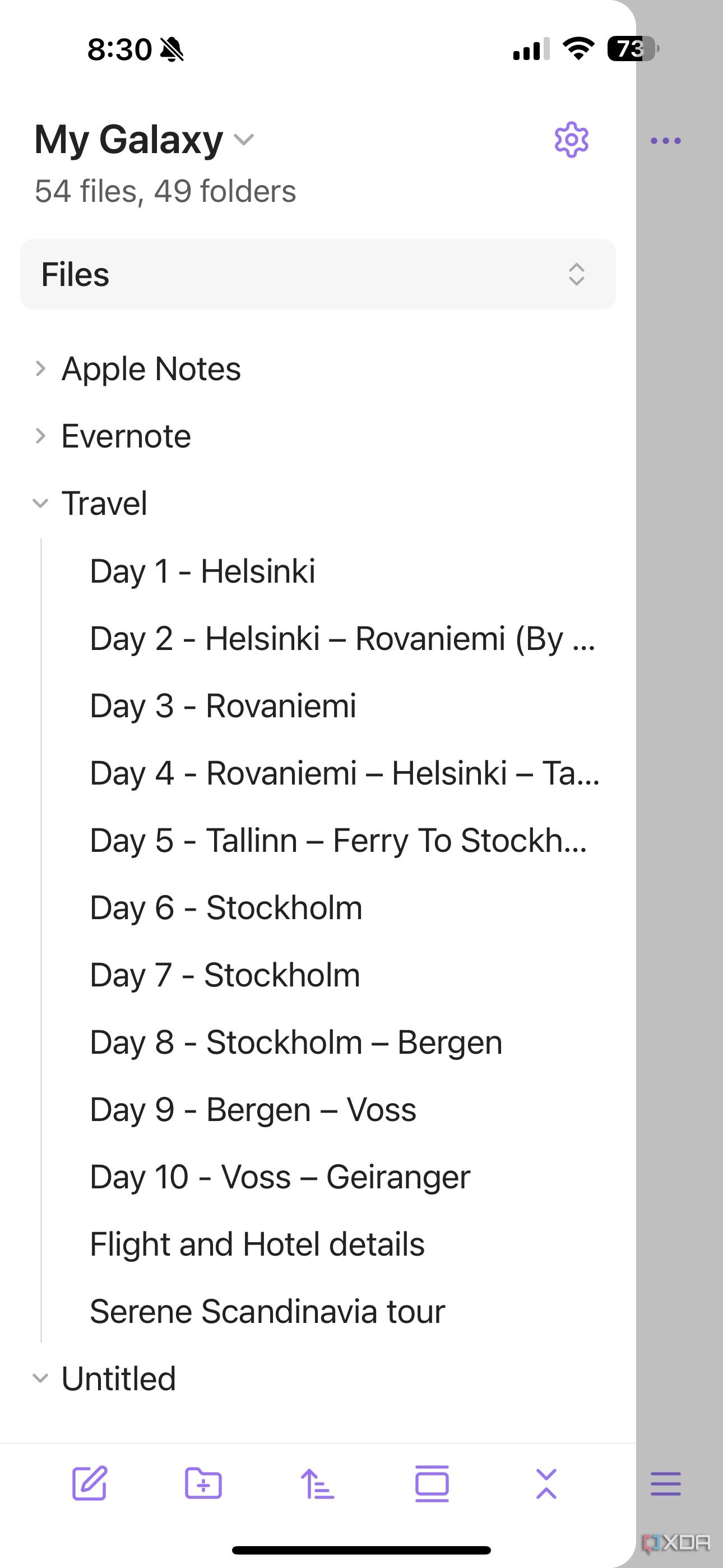

While I have lauded Obsidian’s desktop capabilities and the power of its plugin ecosystem, I have to be honest about the mobile app experience – it’s basic at best. Sometimes, it takes ages to load vaults. Obsidian mobile apps also lack home and lock screen widgets. They aren’t ideal for taking quick notes. It’s an area where I sincerely hope to see significant improvements in future updates.
A month of Obsidian
So, after a month of living solely within the Obsidian ecosystem, the answer to whether it can truly replace all productivity tools is… complex. While Obsidian proved to be surprisingly versatile and powerful for note-taking and knowledge organization, it fell short in terms of task and project management. It shows the importance of purpose-built tools like Trello and TickTick. As of now, I will continue to use Obsidian with Trello and TickTick in my workflow.
If Obsidian doesn’t work for you, check out these open-source alternatives for your workflow.
